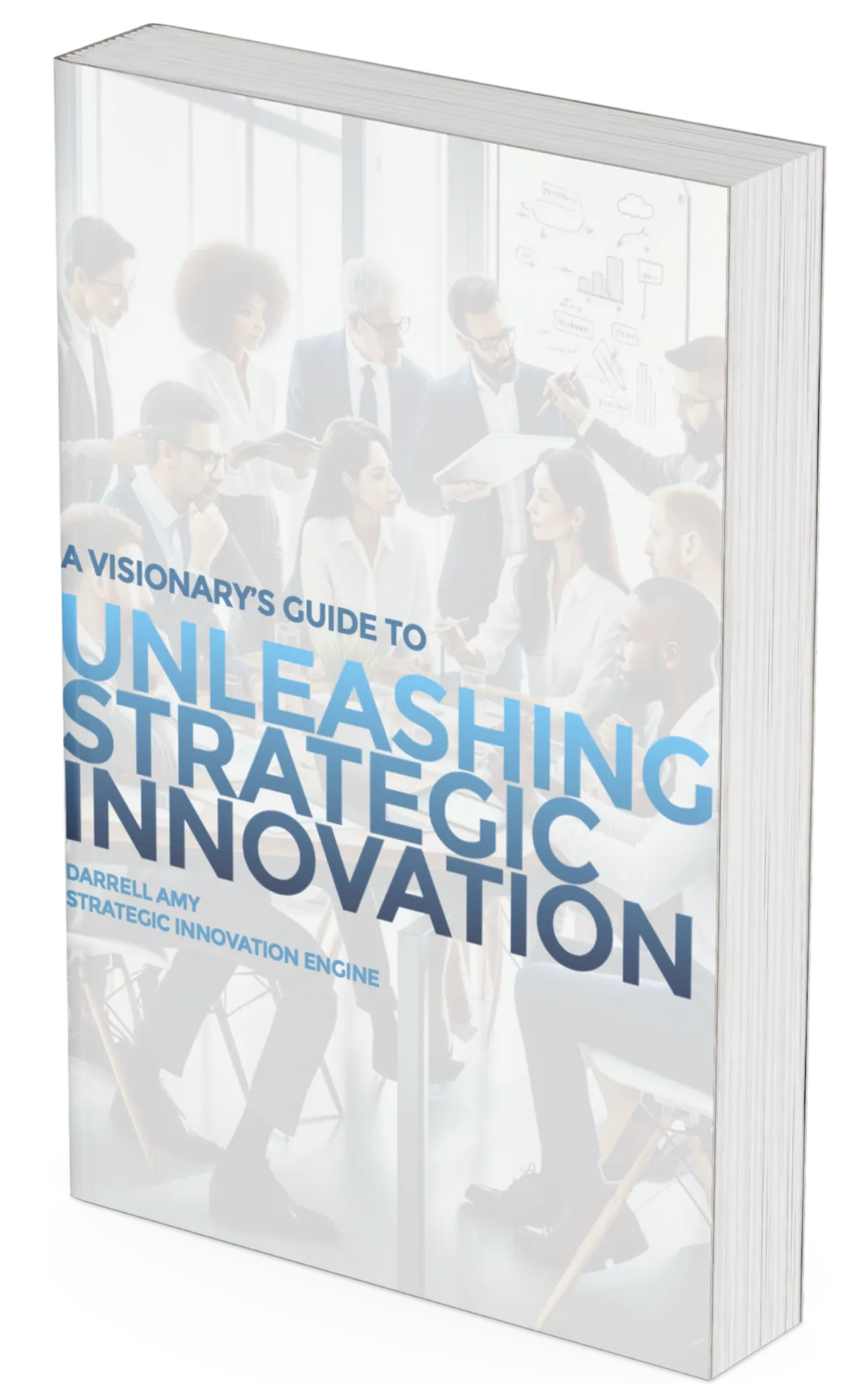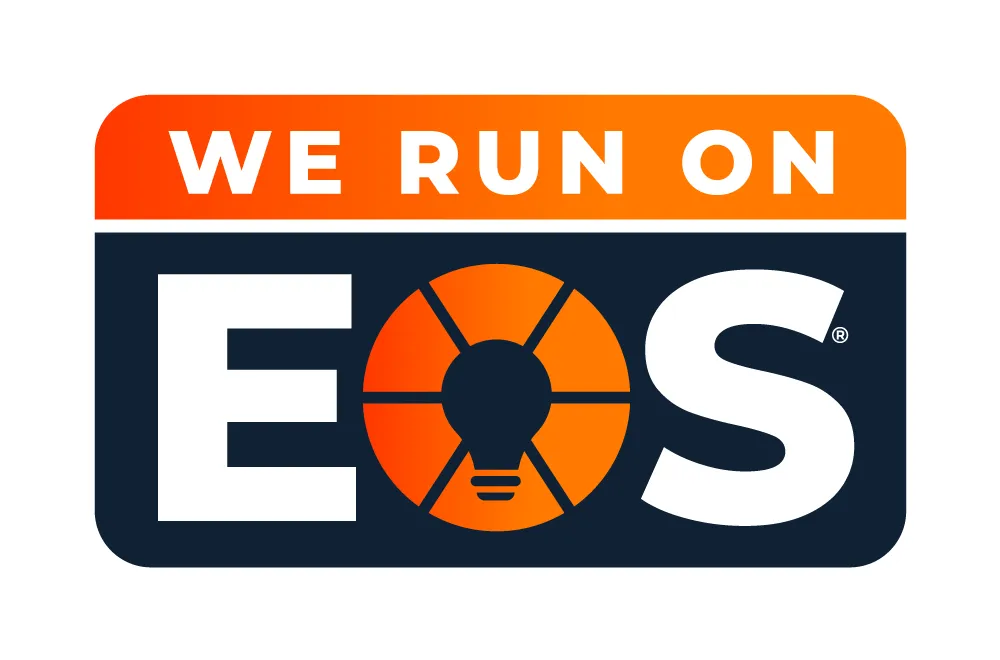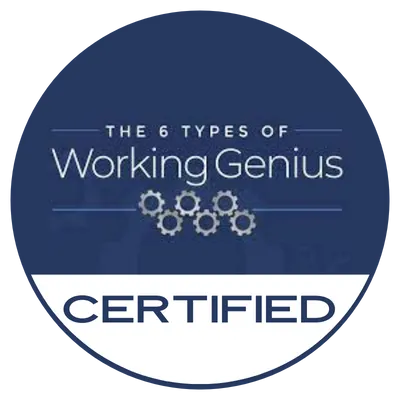
How Much Was Your 2023 Innovation Dividend? How To Calculate Return on Innovation?
Average companies neglect innovation and get average financial returns. Exceptional companies innovate with intention. They track their Return on Innovation, enjoying exceptional growth and profitability.
In this article, you will discover the key metrics of innovation so you can determine your Return on Innovation.
Return on Innovation is the total financial and non-financial return of your Strategic Innovation Engine.
Return on Innovation Metrics
Let’s explore how you can scorecard your Return on Innovation.
Revenue Growth
Why does your company win deals? You can say you have great service, but so does everyone else. To create a real competitive advantage you need to add more value than your competitors.
Since nothing ever stays static, you need to innovate to continue creating more value. This is seen in how effective you are at winning net-new business. It shows up as much or more in your ability to cross-sell more to your current customers.
Here are some metrics to begin tracking:
Net New Growth: How many new customers did you onboard this week/month/year compared to last year? How much revenue did new customers generate compared to last year? What percentage of deals did you win compared to last year?
Cross-Sell Growth: What’s your revenue per customer compared to last year?
Profit Growth
In a with the CEO of a regional distribution company last week, I asked about innovation. The CEO said, “With it being so hard to find people, we’re really having to innovate to get more done with the same team.” While innovation in this company has been born out of necessity, the real benefit is that they are figuring out how to drive more Revenue per Employee. When you drive more revenue through the same employee team you create profitability.
Strategic Innovation drives profitability. Creating better ways to do things lowers costs. It allows you to get more done with the same number of people. Innovation also helps you keep margins in deals. After all, if you have the best-in-class product, service, and customer experience, your salespeople will be less likely to discount.
Here are the key metrics for Profit Growth when calculating your Return on Innovation:
Gross Margin: What is the increase in gross profit margin compared to last year?
Revenue per Employee: What is the increase in total revenue divided by the number of employees compared to last year?
Client Retention
Increasing the value you deliver to your customers increases their loyalty. Competitors and startups are coming to your customers every day with better mousetraps.
What would it look like if you were the company always creating the better mousetrap? Innovation allows you to continually add more value to your customers by improving the products, services, and customer experience. Here’s how you can measure this:
Customer Retention: How many customers did you lose this year compared to last year? What is the value of the increase/decrease in lost customers? (Multiply the reduction in lost customers by the Revenue per Customer times the number of years you keep a customer.)
Referrals: How many referrals did you get from current customers?
Employee Retention
Finding employees is hard in most industries. Retaining and engaging them can be even more difficult. A culture of innovation attracts great employees. Innovative team members with the Working Geniuses of Wonder and Invention will be excited to work for an innovative company. This contagious energy spreads throughout the organization.
Employee Retention: How many employees voluntarily left the organization compared to last year?
Cost of Innovation
We’ve looked at the net gain of innovation. Calculating the return also requires looking at the costs.
Here’s the good news: if you have employees you have already invested in innovation. The next great idea lives inside the members of your team with the Working Geniuses of Wonder and Invention. They already have ideas. And when you pull them together in a Strategic Innovation Council, the ideas will flow!
You simply need systems and tools to mine these ideas. That’s why I’ve created the Strategic Innovation Engine model. In contrast to the nominal expenses to get the council up and running, your return will be exponential. (Plus, many states have economic development grants for R&D that may be able to offset these costs and possibly some of the salaries of the employees on the council.)
Will You Get an Innovation Dividend This Year?
Who doesn’t like dividends? As your company grows in its ability to intentionally innovate you will enjoy a steady stream of dividends from your innovation.
Begin tracking your Return on Innovation by creating a scorecard with the baseline numbers for each of the metrics above. Over this next year, as you get focused on innovation, you can track the gains.
A Word of Caution
Let’s be candid. Most companies do not really value innovation. Sure, they say they are innovative. The brochure says, “We are a value-added provider.” Great. Prove it. Do you have structure, systems, and scorecards for innovation? Or, are you hoping the founder will get some good ideas that the team will hopefully bring to market?
Innovation Requires Intention and Action
For more ideas on how to enjoy a big Innovation Dividend, message me to get a copy of my Visionary’s Guide To Unleashing Strategic Innovation.
FREE BUSINESS VALUATION
Large Call to Action What is Your Business Worth?
You can Discover the Value of Your Business in Less than 20 Minutes!
Join 70,000 business owners and get your score on the 8 Factors That Drive Your Company’s Value, a comprehensive analysis of your score and a detailed action plan for how to improve your score on each.

DISCOVER HOW YOUR COMPANY CAN UNLEASH STRATEGIC INNOVATION
Attract, engage, and retain top talent
Integrate new technologies like AI
Build competitive advantage
Create profitable growth
"Wow! This is incredibly powerful! My integrator needs to see this right away.
Chris C.
Visionary and CEO


We run our business on EOS
We run our business on EOS



